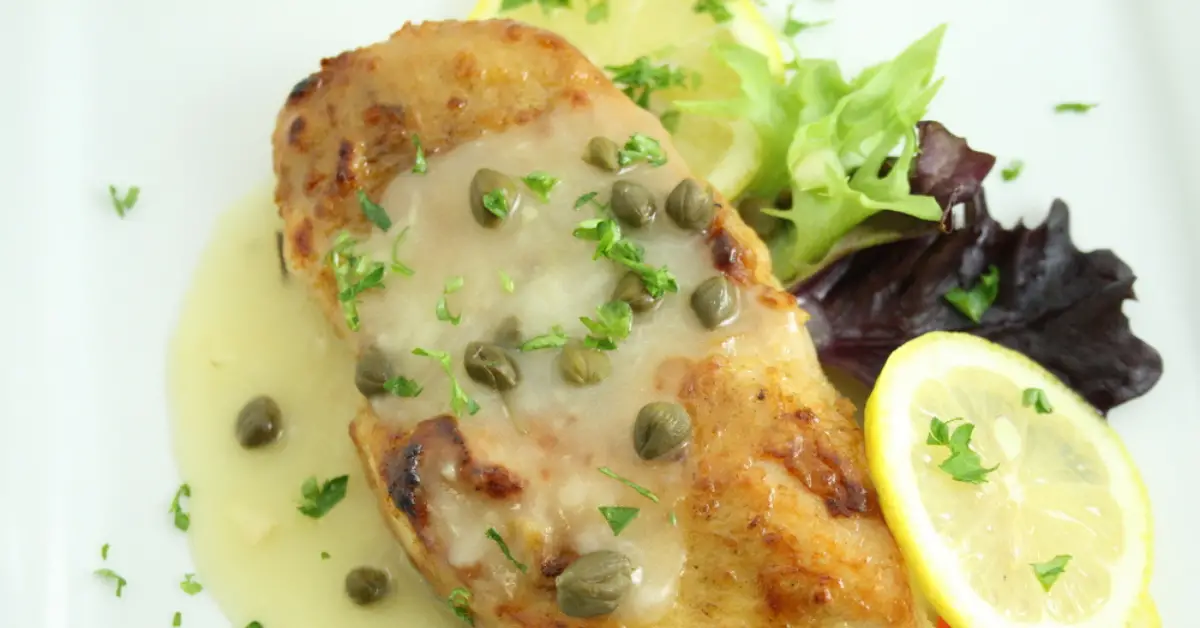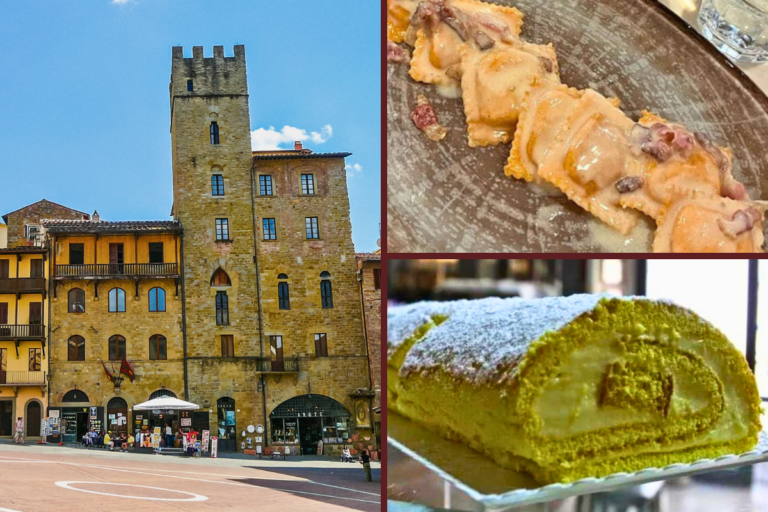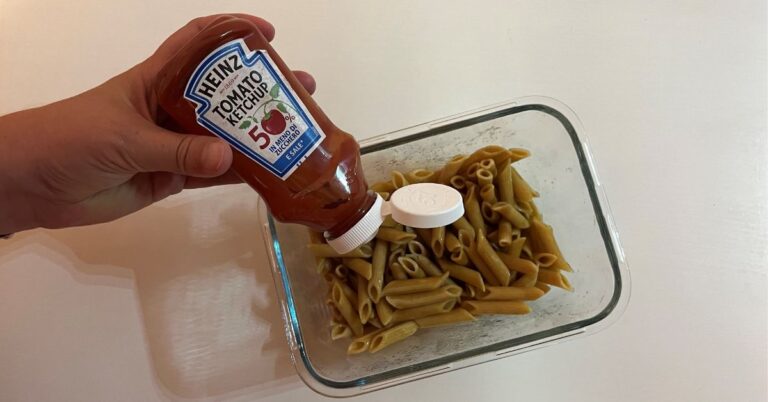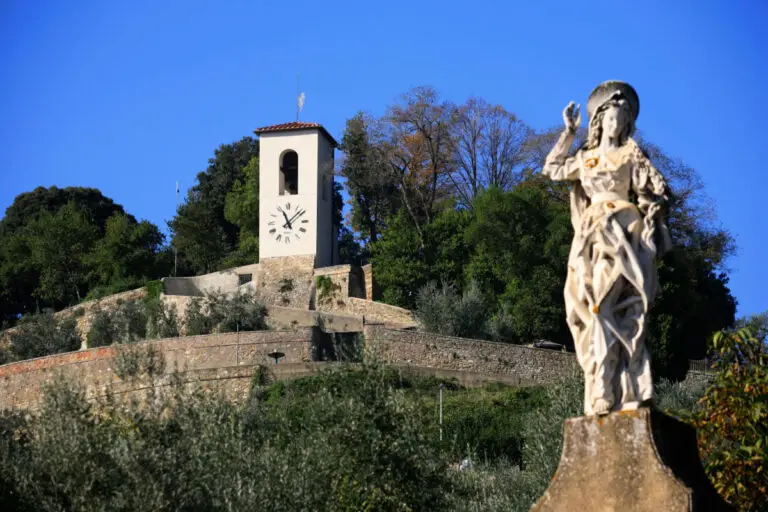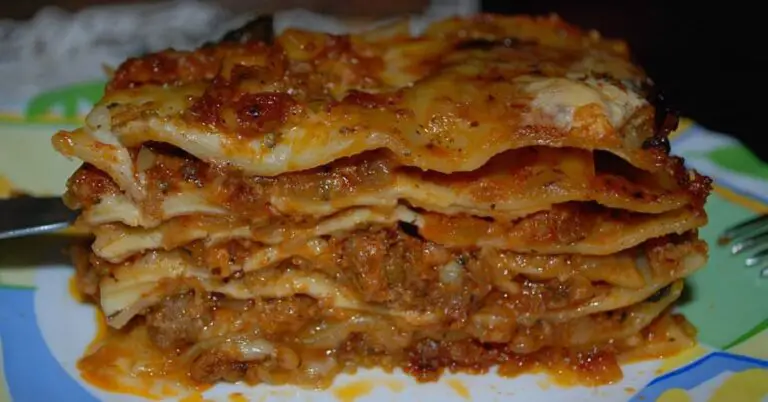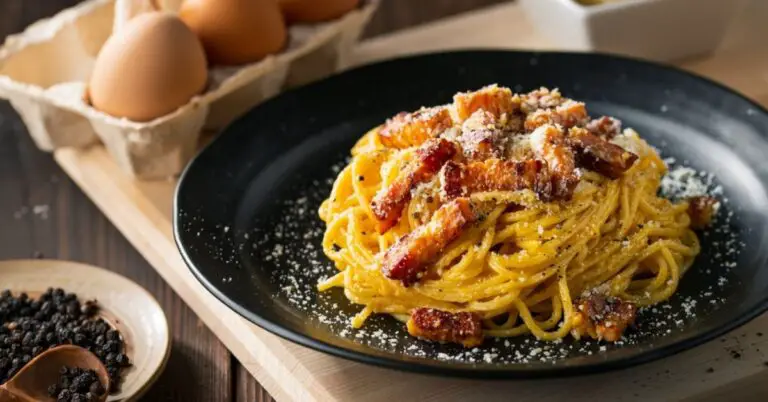There would be several pages to write about the origins of chicken piccata, precisely because there is no historically definitive version. We can only try to put the pieces together, as if trying to recompose a puzzle whose final figure escapes us.
Although chicken piccata is an Italian dish, not everyone knows it here. Compared to the famous scallops, it is almost impossible to find piccata in northern Italy; in fact, some theories lead us to believe that it is a dish of distant Sicilian origins which found its fortune in America but, in some way, also has the French.
Find out which Italian-American dishes are not on Italian menus – click now!
Chicken Piccata: French, Italian or American?
In Italy, piccata is a very particular traditional recipe that can be made with chicken, veal, swordfish or tuna, floured raw, cooked in a pan and then served with a creamy sauce made up of lemon juice, butter and capers.
Even the etymology of the word is interesting. Indeed, in Italian, “piccata” means “resented, bored”, but what does such a term have to do with cooking?
Scholars proposed another reading of the issue: as often happens, many words are borrowed from other languages and “Italianised”. Therefore, “Piccata” would derive from French piqué, the past participle of the verb piquer which means “sting, lard”. Basically, it would refer to the process that allows to “flatten” the meat or fish by pounding the slices with a meat tenderizer or to the custom of tapping it with the use of a fork in order to make it softer and tastier during cooking.
At this point, it is legitimate to wonder if the true roots of this dish reside in France. However, this is a question that has remained unanswered. What is certainly known is that chicken piccata represents its best-known variation, most likely to be attributed to Italians who emigrated to America at the beginning of the twentieth century.
According to some sources, it all happened around the 1930s and with a predilection for veal which, at the time, was cheaper than chicken (incredible but true!) And, since the recipe contemplates the use of ingredients with a pungent, sour and spicy flavor, it was thought that the origins of American piccata’s inventors could be Sicilian: indeed, the traditional use of this is shared in the cuisine of the island type of condiments.
Considering the fact that, at the time, chicken and lamb were very expensive and scarcely available in Italy, the theory would make real sense.
Regarding my experience, I can tell you that today, in southern Italy, this dish is almost unknown, gradually becoming even more popular as you move towards the North and around Milan.
This means that, if you were to find yourself in a Neapolitan, Messina or Lecce restaurant, you would have difficulty communicating to a waiter that you desire a chicken piccata.
Piccata vs Scallops: what are the differences?
Unlike piccata, in Italy if you were to order scallops (scaloppina) you would be immediately understood in any Italian restaurant, without regional borders. And yet, there are two dishes, the piccata and scallops, which are very similar, although the methods of preparation and seasoning change a lot.
You will be surprised to know that even the term “scallops” has been borrowed from the French ones. The protagonist is always a slice of raw floured meat cooked in a pan but, in this case, the sauce derives from the cooking juices; generally then, spices, white wine, lemon and other ingredients can be added.
In Italy, for instance, we particularly love scallops with mushrooms, but there are many sauces that inspire us and that we pour over the meat before serving it. It is one of the most common second courses in my country, loved even by the little ones. So appreciated that, in the last times, vegan and vegetarian versions have also been created for those who have chosen to eliminate meat from their diet.
A scallop can be made not only with chicken, fish or veal, but also with beef, turkey and lamb. Finally, there is the issue regarding quantity: starting from a so-called “scalloppa” escalope, or rather, a slice of meat weighing about 120-130 grams, we reason arithmetically. An escalope will be nothing but half a scallop; the piccatine (small piccate), on the other hand, corresponds to one third of it.
So, among mathematical calculations, uncertain origins and Italian nomenclatures, I hope I have at least clarified your own ideas: behind the simplest things, sometimes, real labyrinths can be hidden!

